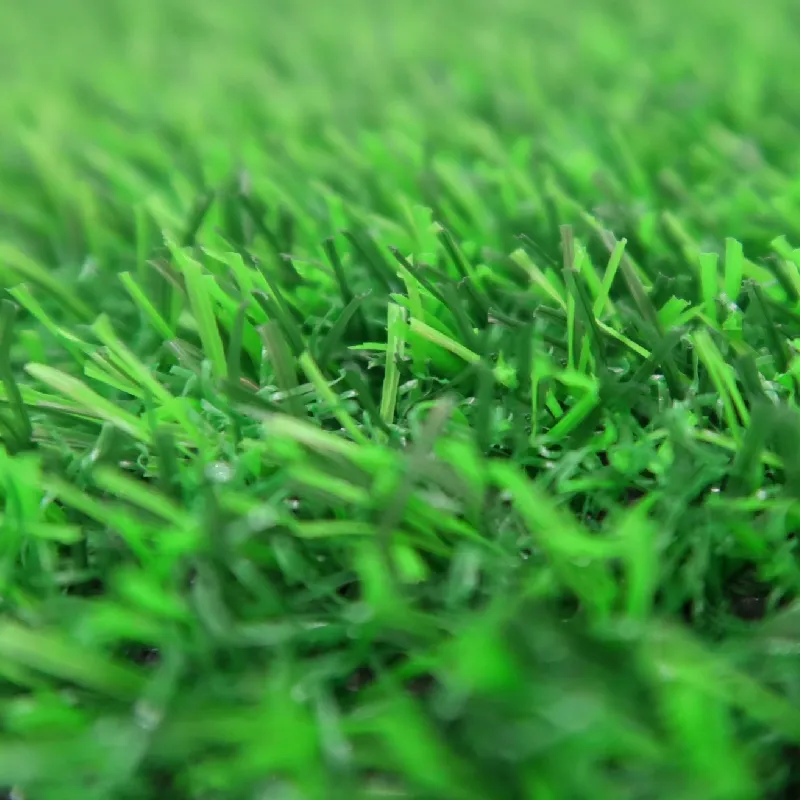
- Afrikaans
- Arabic
- Belarusian
- Bengali
- Czech
- Danish
- Dutch
- English
- Esperanto
- Estonian
- Finnish
- French
- German
- Greek
- Hindi
- Hungarian
- Icelandic
- Indonesian
- irish
- Italian
- Japanese
- kazakh
- Rwandese
- Korean
- Kyrgyz
- Lao
- Latin
- Latvian
- Malay
- Mongolian
- Myanmar
- Norwegian
- Persian
- Polish
- Portuguese
- Romanian
- Russian
- Serbian
- Spanish
- Swedish
- Tagalog
- Tajik
- Thai
- Turkish
- Turkmen
- Ukrainian
- Urdu
- Uighur
- Uzbek
- Vietnamese
Innovative Designs for Artificial Football Fields and Their Impact on the Game
Dec . 24, 2024 06:11 Back to list
Artificial Football Grounds Revolutionizing the Game
As the world of football evolves, so too does the landscape of the fields on which the game is played. Artificial football grounds, commonly known as synthetic turf pitches, have been making waves in the football community, bringing a multitude of benefits that have transformed the way the sport is played and enjoyed. From amateur leagues to professional stadiums, artificial surfaces have carved a niche that addresses the challenges posed by natural grass fields.
One of the most significant advantages of artificial football grounds is their durability
. Natural grass pitches are notoriously susceptible to wear and tear, particularly in high-traffic areas, which can lead to degraded playing conditions and increased risk of injury for players. In contrast, artificial turf is designed to withstand heavy use, allowing teams to train and play without the constant worry of damaging the surface. This resilience means that clubs can host more matches and events throughout the year without the need for extensive maintenance that natural grass requires.Maintenance itself is another area where artificial pitches shine. Traditional grass fields demand a considerable amount of care, including regular mowing, watering, fertilizing, and pest control. These tasks can be labor-intensive and costly, particularly for lower-league clubs or community teams with limited budgets. Artificial turf, however, requires significantly less maintenance. While it still needs periodic cleaning and inspections, the overall costs and manpower needed to maintain it are greatly reduced. This allows financial resources to be allocated elsewhere, supporting player development, facility improvements, and community engagement.
Weather conditions are also a critical factor in sporting events. Natural grass fields can become muddy and unplayable after heavy rain, leading to match cancellations and dissatisfaction among fans and players alike. Artificial football grounds, on the other hand, drain much more efficiently and can be played on shortly after rainfall. This weather resilience ensures that matches go ahead as scheduled, bringing stability to leagues and tournaments. The predictability of playing conditions can also foster a more consistent training regimen for players, essential for their development and performance.
artificial football ground

Another compelling benefit of artificial pitches is their ability to provide a uniform playing surface. Natural grass can develop uneven patches, leading to unpredictable ball behavior and variable game conditions. Synthetic turf is manufactured to exacting standards, offering a consistent surface that allows for smoother play. Players can develop their skills with the assurance that their footwork and ball handling will be reliable, thereby enhancing the overall quality of the game.
Moreover, the versatility of artificial football grounds cannot be understated. These surfaces can be installed in various settings, from urban areas where green space is limited to multipurpose facilities used for different sports. Their adaptability and durability make them suitable for training centers, schools, and community fields where football is only one of many activities. This multifunctionality maximizes the use of space and resources, allowing communities to enrich their sporting culture.
Despite these advantages, the transition to artificial surfaces has not been without its criticisms. Concerns about player safety, particularly regarding injuries and the potential heat retention of synthetic materials, have been voiced. Advances in technology, however, have led to the development of safer materials that reduce these risks. Moreover, organizations like FIFA and UEFA have established stringent guidelines for artificial turf standards to ensure player safety and performance compatibility.
In conclusion, artificial football grounds represent a pivotal innovation in the sport. They address the challenges of natural grass with durability, reduced maintenance, and consistent playing conditions. As the popularity of football continues to surge worldwide, so too will the demand for accessible and reliable playing surfaces. Embracing artificial turf could be key to unlocking the potential of players at all levels and enhancing the overall experience for everyone involved in the beautiful game. The future of football fields is bright, and artificial grounds are paving the way toward a more sustainable and exciting era of the sport.
-
The Benefits of Artificial Turf for Indoors
NewsJul.15,2025
-
How Artificial Grass Suppliers Ensure Quality Products
NewsJul.15,2025
-
Artificial Grass and Pets: A Space for Relaxation
NewsJul.08,2025
-
Balcony & Outdoor Decoration with Artificial Grass
NewsJul.08,2025
-
Best Indoor Artificial Grass for Home
NewsJul.07,2025
-
Best Pet Turf for Dogs: Safe & Durable Artificial Grass Options
NewsJul.07,2025
Products categories









